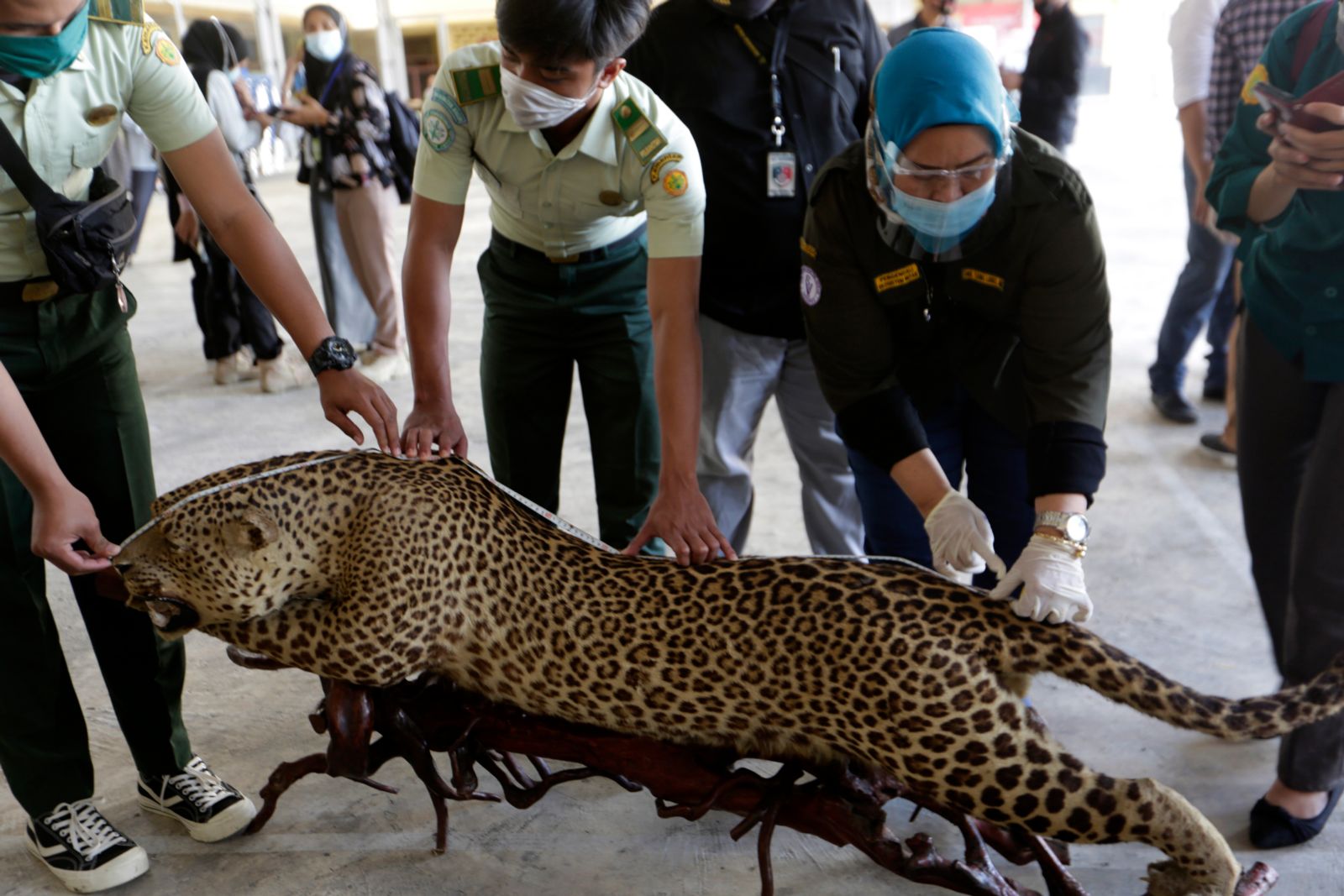In early October 2021, the 47-member UN Human Rights Council officially recognized the right to a safe, clean, healthy and sustainable environment. The vote was overwhelming—it passed unanimously with 43 votes and four abstentions from China, India, Japan and Russia—and historic: a healthy environment is a human right.
The right to a safe, clean, healthy and sustainable environment—or in short, the right to a healthy environment (RTHE)—is the recognition that intact ecosystems and animal and plant populations, as well as a stable climate, underpin all human rights: “All human rights ultimately depend on a healthy biosphere”—as the UN Special Rapporteur for the Environment and Human Rights, David Boyd, pointed out.
The rights to life, to the highest attainable standard of physical and mental health, our right to food, water, and hygiene, livelihoods and to participation in cultural life, and so forth, are as important as—and interdependent on—the right to a healthy environment. As we write this in 2021, the ongoing global COVID-19 pandemic is a harsh reminder of the inextricable link between the environment and human rights.
The recognition of this right by the UN provides us with an opportunity to reflect on what it means for environmental protection work tackling wildlife crime.
Wildlife crime poses a serious threat to a healthy environment
Firstly, let’s state the obvious: we are in the midst of a daunting and unprecedented global environmental crisis, of which the Illegal Wildlife Trade (IWT), also known as Wildlife Crime, is an important element. The latest IPBES report suggests that around 1 million species already face extinction, many within decades, unless action is taken to reduce the intensity of drivers of biodiversity loss, of which wildlife crime is a key driver. Put simply, the illegal harvest of wild fauna and flora undermines the integrity of ecosystems, and a healthy and sustainable environment. Illegal logging, for example, has negative impacts on a wide range of ecological and social benefits. It causes deforestation and forest degradation, impoverishes biodiversity, increases carbon emissions while reducing carbon storage, thereby playing a significant role in global warming and climate change.
Wildlife crime undermines human rights
The RTHE recognizes that environmental harm interferes with the enjoyment of human rights. Illegal wildlife trade is among the most lucrative forms of transnational organized crime, undermining communities by depleting the natural resources they depend on, worsening poverty, and contributing to corruption. Wildlife crime also threatens good governance and human security, and strengthens criminal networks that may engage in other activities that further contribute to human rights abuses. IWT also poses health risks, as three-quarters of all emerging infectious diseases are zoonotic (including from wild and domestic animals), and threatens the principle of intergenerational equity, where future generations risk living in an ecologically impoverished world.
The decline or disappearance of a particular species could have a devastating impact on an indigenous community, their rights, and the rights of future generations. Let’s take Devil’s Claw (Harpagophytum procumbens) as an example. This medicinal plant grows in the savannah on the dry margins of the Kalahari, in Southern Africa, and has anti-inflammatory properties used to treat arthritis and rheumatism. The plants are collected by local harvesters including the once nomadic Indigenous San and Damara peoples, for use in traditional medicine and for sale; this is often the only source of cash income for these severely socially disadvantaged communities, whose right to food and healthcare are at stake. The right to a healthy environment clarifies that it is states’ responsibility to take effective steps to ensure the conservation and sustainable use of the ecosystems and biological diversity on which the full enjoyment of human rights depends.
The convergence of the environment and human rights enables mutually-supportive approaches
While a healthy environment is crucial for the fulfilment of human rights, the way we protect the environment matters, and the RTHE articulates clearly that in all our efforts to ensure our environment remains healthy, we must respect and protect human rights. It is the only way forward if we are to effectively, equitably, and sustainably protect nature.
As with most environmental damage, the consequences of wildlife crime are felt most acutely by people who are already in vulnerable situations.
As with most environmental damage, the consequences of wildlife crime are felt most acutely by people who are already in vulnerable situations. Building equitable and effective responses to wildlife crime requires us to ensure the “do no harm” principles are at the heart of IWT responses, and that we adopt inclusive and holistic approaches. For example, we must pay more attention to the way in which women are impacted by wildlife crime—and by responses to wildlife crime—and to empowering Indigenous peoples to shape their own responses to wildlife crime. It also means ensuring that any support to law enforcement helps strengthen the rule of law, addresses impunity, and promotes international human rights laws and standards. The human right to a healthy environment provides that, while governments have the duty to protect the human right to a healthy environment, they must do so by respecting human rights, including procedural rights, by ensuring meaningful participation in environmental decision-making through freedom of expression and association, for example, granting access to justice, and providing environmental education.
By articulating clearly the convergence of the environment and human rights, the human right to a healthy environment helps pave the way forward for those working on protecting the environment. Other ways to do so are identifying entry points such as the Universal Periodic Review under the Human Rights Council through which specific environmental issues can be highlighted for remedial action, or specific issues requiring more attention, such as the protection of Environmental Human Rights Defenders, and the empowerment of Indigenous Peoples and Local Communities.
Understanding the right to a healthy environment through the angle of wildlife crime reminds us that tackling wildlife crime through a rights-based approach contributes to the fulfilment of human rights, and that protecting human rights can contribute to effectively and equitably addressing wildlife crime.

